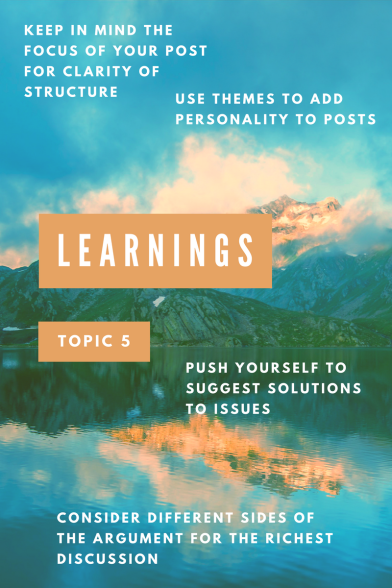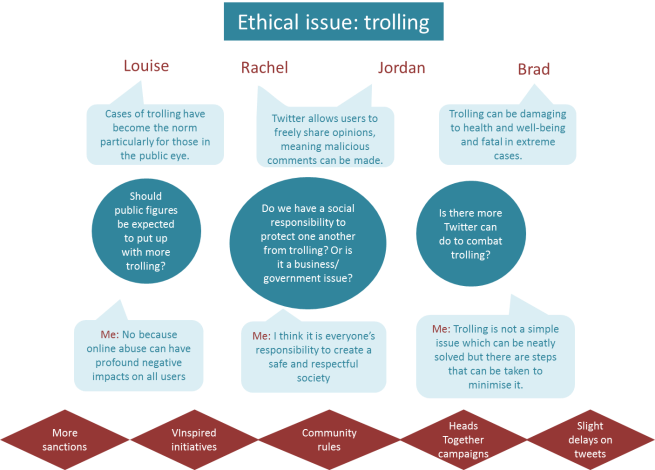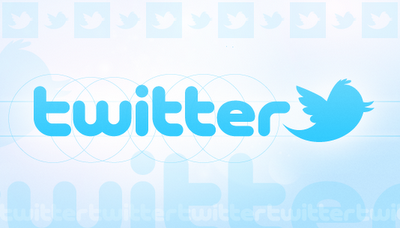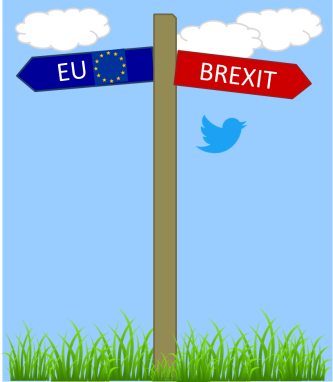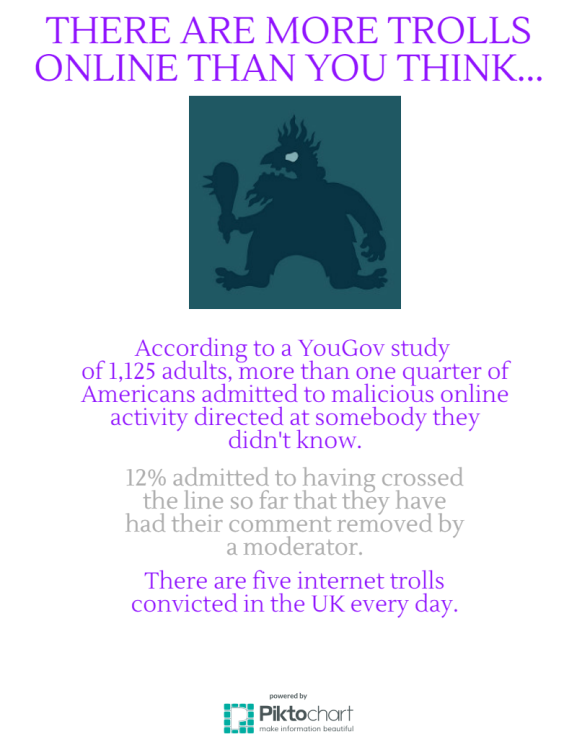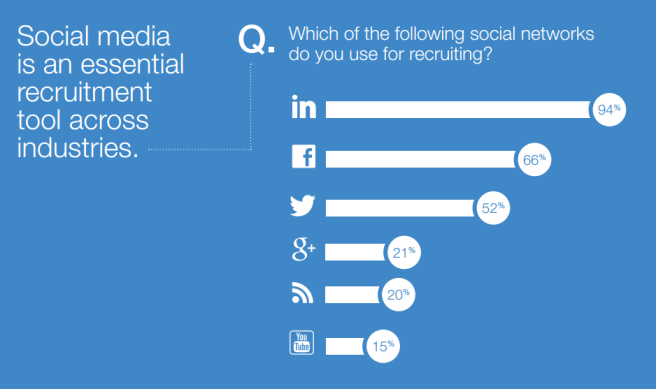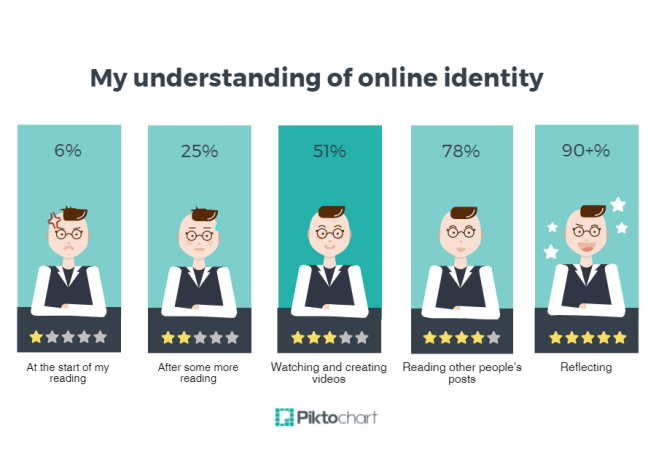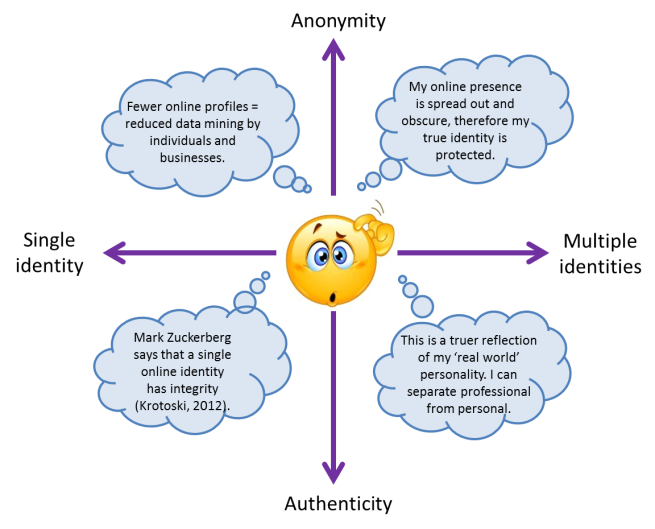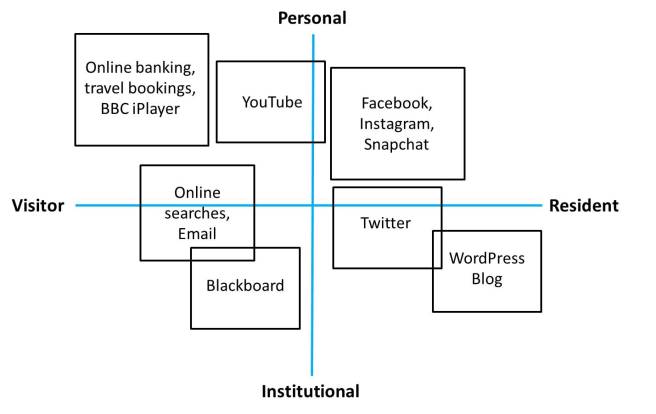Going back to my very first blog post I was struck by the opening quote:
The nature of knowledge is changing and, in this digital age, our definition of basic literacy urgently needs expanding (Knight, 2011).
At the start of ‘Living and Working on the Web’ I felt I was lacking the knowledge to make the most of the wealth of digital tools and online networks on offer. I was accustomed to passive online consumption, but I wanted to be able to actively create and handle my own digital material. This was not only of personal importance to me, but also professional, as I am aspiring to a career in marketing; a part of the communications industry which is increasingly online in focus.
Blogging has helped me to develop and demonstrate valuable skills for employability including creativity, critical thinking, passion and motivation. It also shows I am up-to-date and digital savvy and may help me to stand out from the crowd in the job market rat race.
Click the image below and use the arrows to follow my digital journey over the course of the module.
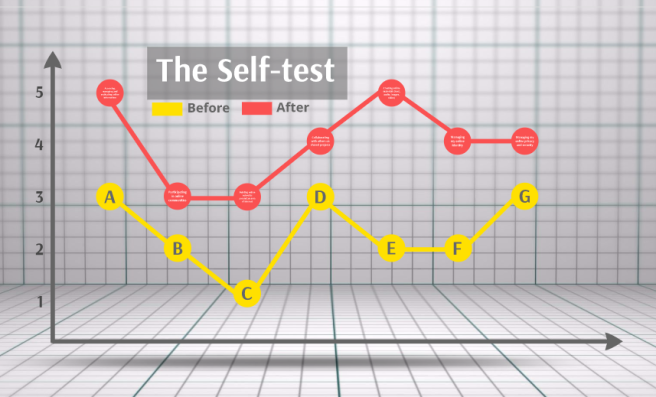
I was encouraged to see that due to the breadth of the course I had improved in every section of the test. The most significant improvement was in my ability to create original online materials.
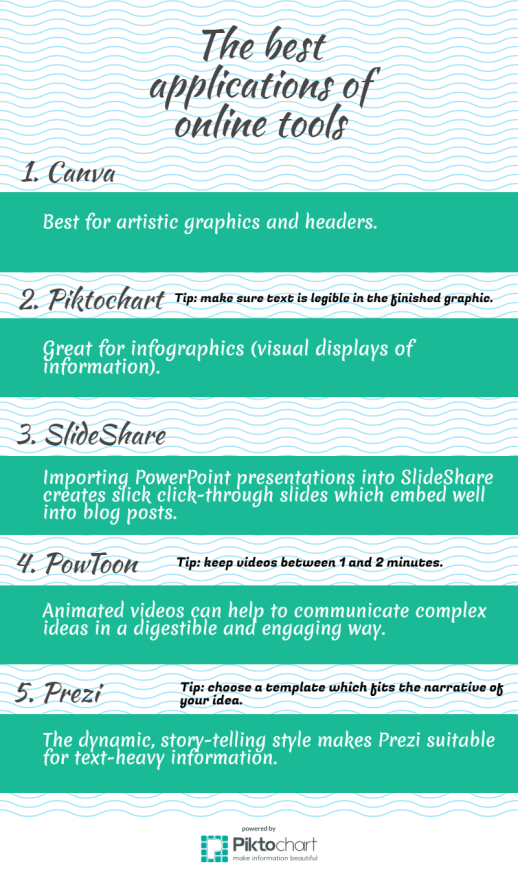
These new digital skills are an asset to my professional profile. I have already used them as a selling point in an application for an Excel internship where I provided a link to my blog. I have secured an interview for Marketing Assistant to help rebrand a youth theatre.

This animated video pinpoints turning points in my understanding across the topics.
I have started to apply my learnings by using my Twitter account in a productive and professional manner rather than just posting passing thoughts.


I am seeking a career in arts marketing, that is, working in an arts organisation in a marketing and communications role. I plan to tailor my LinkedIn profile accordingly with an appropriate network of contacts.
Steps I will be taking to improve my online professional profile:
- Make an effort to post regularly.
- Engage with others involved in marketing the Arts and culture.
- Include pithy explanations of my work experience and skills on LinkedIn.
- Grow my following and connections.
- Get a professional head-shot taken to use as my display picture across all networks .
- Include links to my blog.
- Make sure personal online accounts such as Facebook have the correct privacy settings.
As I complete this module, I have a greater understanding of what lies behind the title: ‘Living and Working on the Web’. I now know the distinction between my personal and professional online identities and have gained the confidence to build a profile that will help me work towards my chosen career path.
Word count: 510
Figure references
Figure 1: self-produced using Prezi.
Figure 2: self-produced using Piktochart.
Figure 3: screen capture from https://mycareer.soton.ac.uk.
Figure 4: screen capture from Twitter.
Figure 5: screen capture from LinkedIn.
Featured Image: courtesy of Pexels.
Animated video: self-produced using PowToon.



